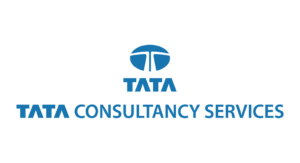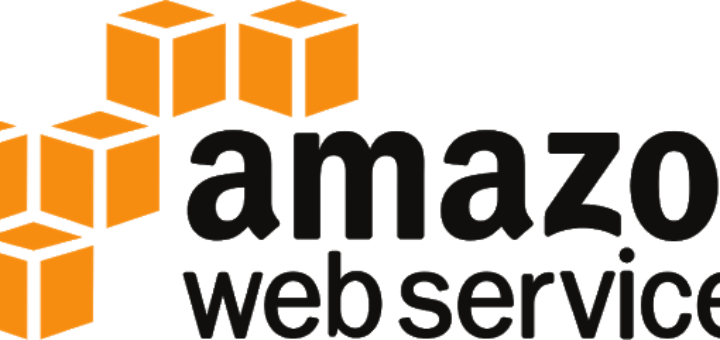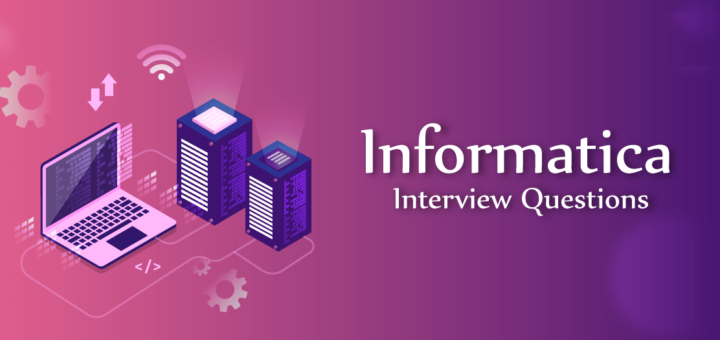Tata Consultancy Services is an Indian multinational information technology company headquartered in Mumbai, with main branches in Pune, Banglore, Hyderabad, and other cities. TCS is the largest IT company in India.
Recruitment process in TCS:
TCS conducts three rounds of interview to select any fresher candidate as a software developer in their company.
- Aptitude test
- Technical interview
- HR interview
The recruitment drive of TCS starts with a written test followed by face to face interview. A recruiter may also conduct campus group discussion for software engineer candidates.
Following are frequently asked TCS interview questions for freshers as well as experienced candidates to get the right job for their career.
1) Which programming languages are important for TCS campus interview?
Important programming languages for TCS campus interviews are 1) C programming, 2) C++ programming, and 3) Java programming.
2) What is the primary difference between C and Java?
The primary difference between the two is that Java is an object-oriented programming language, whereas C is a procedural programming language.
3) Name four storage classes available in C.
Four storage classes available in C languages are 1) register, 2) auto, 3) extern, and 4) static.
4) Explain static variable.
It is an access specifier. The value of a static variable does not change during the execution of the program.
5) How to print an address?
You can use %p in printf function to print an address of a variable.
6) Explain function overloading concept.
It is a feature of C++ that allows you to create more than one function with a similar name. Functions can be identified using their parameters.
7) Explain two integrity rules used in DBMS.
- Referential integrity rules
- Entity integrity rules
Referential integrity rule states that the database does not contain orphan record foreign key values. In this case, the primary key value cannot be modified if you have used this value as a foreign key in the child table.
In entity integrity rules, you cannot keep the primary key value null.
8) Define the term’s classes and objects.
Class is a building blog of object-oriented programming which contains a group of data member and its function. You can access them by creating an instant class.
An object is a real-world entity. Some examples of the object are computer, notebook, pen, and bag.
9) Define macros.
A macro is a preprocessor directive which replaces the value of a macro.
10) Differentiate structure and arrays.
The primary difference between structure and array is as follows:
- An array is a data structure. It contains a group of similar data types.
- The structure is user define data type. It contains a group of dissimilar data types.
11) List out some areas in which data structure is applied extensively.
Following are the areas in which data structure is used:
- Numerical analysis
- Database management system
- Artificial intelligence
- Operating system
- Statistical analysis package
12) How can you reuse code written in C++ programming language?
You can use inheritance technique to reuse code.
13) Name various deadlock prevention techniques.
Deadlock prevention techniques are:
- Mutual exclusion
- Resource holding
- No preemption
- Circular wait
14) What is insertion sort and bubble sort?
Insertion sort is a sorting algorithm in where the final list or array is built having one item at a time. In bubble sort, you interchange adjacent elements if the order is not proper.
15) Explain the concept of doubly link list.
A link data structure called a doubly link list includes a link back to the previous node.
16) You are creating a function which can accept a variable number of arguments. Which header file you will include?
We need to include stdarg.h header file.
17) What do you mean by data abstraction? Explain three levels of data abstractions.
Data abstraction is a process of recognizing the characteristics of an object or any situation and filtering out unwanted characteristic.
Following are three levels of data abstraction:
- Physical level: Depicts how you will store data in the database
- Logical level: Depicts what data is sorted in the database
- View level: End-user work on this level, and if any changes found, they will be saved by another name.
18) Explain what command-line argument in C is?
It is a process of getting arguments from the command prompt in C programming. There are three arguments in C main function. Argument counter, Argument vector, and environment vector.
19) Explain the concept of cache memory.
A cache is a small size computer memory that is used by CPU to reduce average cost to access data from main memory.
20) Explain the difference between pass by reference and pass by value.
In pass by value, we pass the value to calling function. In Pass by reference, we need to pass the address to the caller function instead of passing the value.
21) What is a pointer?
A variable which stores the address of value located in memory is called pointer.
22) Differentiate between null and void pointer.
A null pointer is a pointer which points to nowhere. It has the value zero. Void pointer is a generic pointer which is introduced by ANSI (American National Standards Institute).
23) What is operator overloading?
Operator overloading is a polymorphism which allows existing operators to be redefined so that they can be used on objects of user-defined classes.
24) What are the different types of inheritance available in C++?
There are five types of inheritance in C++ programming. They are 1) Single inheritance, 2) Multiple Inheritance, 3) Multi level Inheritance, 4) Hybrid Inheritance, and 5) Hierarchical Inheritance.
25) Why normalizes a database?
A database should be normalized so that you can organize a database efficiently. You should also normalize a database to remove redundant data.
26) What is DBMS?
DBMS stands for Database Management System. It is a software used to manage your database. DBMS provides an interface between application and databases.
27) Explain conditional statements.
Conditional statements are also known as a conditional expression or if-then statement. Conditional statements are a set of rules. These rules will be executed only if the condition is true.
28) Explain the difference between the foreign key and the referenced key.
A foreign key is used to link to tables. On the other side, the reference key is a primary key that is referenced in the other table.
29) Explain the difference between C and C++?
| C++ | C |
|---|---|
| C++ has a class concept | C did not have a class concept |
| C++ does not support function overloading concept | In C programming, we use various functions like scanf() and printf() for input and output. |
| C++ supports exception handling. | C does not support exception handling |
30) What is an array?
An array is a data structure which contains similar elements. The necessary condition to use an array is that all array elements should have the same data type.
31) Explain memory allocation in C.
There are three functions to allocate memory in C. They are as follows:
- calloc(): This function allocates memory and initializes this memory block to zero. It returns a pointer to the block of memory.
- malloc(): This function reserves a memory area, and it returns a pointer of void type.
- free(): This function release allocated memory.
32) What is a clustered index?
Clustered index reorders records in a way they physically stored in a table.
33) What do you mean by debugger?
A debugger is a computer program. It is used to debug and test other programs.
34) What is the main difference between const char *p and char const *p?
Both are pointers to a constant Char. However, if you write char * const p, then this will declare ‘p’ as a constant pointer to char.
35) Explain Memory Alignment.
In Data structure, memory alignment is a method to arrange the data and access in the memory block.
36) Explain conversion constructor.
It is a single parameter constructor, that is declared without ‘explicit’ function specifier. Conversion constructor can be called with a single parameter (until C++11) is called a converting constructor.
37) Explain the concept of Tree.
Tree is an abstract data type. It represents the nodes which are connected by edges.
38) What is data warehousing? Why should we use data warehousing?
A data warehouse is a business intelligence tool that stores data from operational databases as well as from external sources. It supports decision-making process in an organization.
We should use a data warehouse to ensure consistency of collected data. It also helps business leaders to develop data-driven strategies.
39) How many types of recursions are there in C?
There are mainly six types of recursion: 1) linear recursion, 2) tail recursion, 3) binary recursion, 4) exponential recursion 5) nested recursion, and 6) mutual recursion.
40) Explain compiler and interpreter.
- A compiler is a program that process code written in C and convert into machine language.
- An interpreter is a program that directly executes C code without compiling into machine language.
41) Explain scope of a variable.
Scope means visibility of any variable. Visibility of variable is limited to program or function.
42) What is a user-defined exception in Java programming?
The keywords try, catch, and finally are used to implement a user define custom exception Java. In java, you can create an exception class and throw an exception using throw keyword.
43) Explain garbage collector.
In Java, a garbage collector is a program that manages memory automatically and removes unused objects.
44) What is enumeration?
It is a user-defined data type that is used to assign names to constants. It makes the program easy to read.
45) What do you mean by static identifier?
The static identifier is initialized only once, and its value retains during the lifetime of the application. The memory value allocated by the static variable can be used between the function call. The default value of an uninitialized static identifier is zero.
46) Explain encryption.
It is a process of converting text into code. The primary purpose of encryption is to prevent unauthorized access.
47) What is decryption?
It is the transformation of encrypted data and converting it into meaningful text that you can read and understand.
48) What is a digital signature?
It is a technique used to validate the authenticity of the message. A digital signature is actually an encrypted version of the message digest.
49) Name the basic principles of OOPS.
The four basic principles of Object-Oriented Programming System are 1) Abstraction, 2) Inheritance, 3) Encapsulation, and 4) Polymorphism.
50) Define Polymorphism.
Polymorphism is a concept used in Object-Oriented Programming. Polymorphism allows you to perform a single action in different ways.
51) What is SDLC?
Software development life Cycle or application development lifecycle is a term used in software engineering to describe the process of developing software. This process contains 4 phases: 1) planning, 2) creating, 3) testing and 5) deploying.



